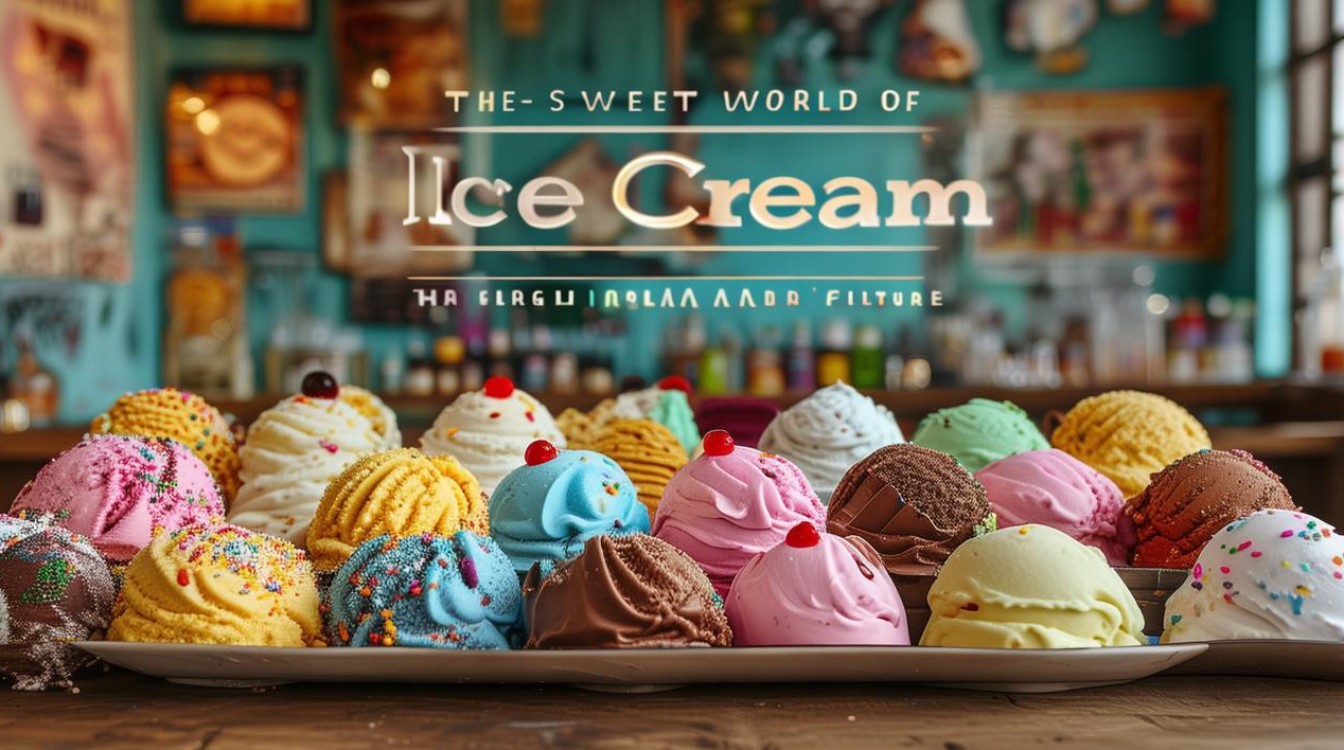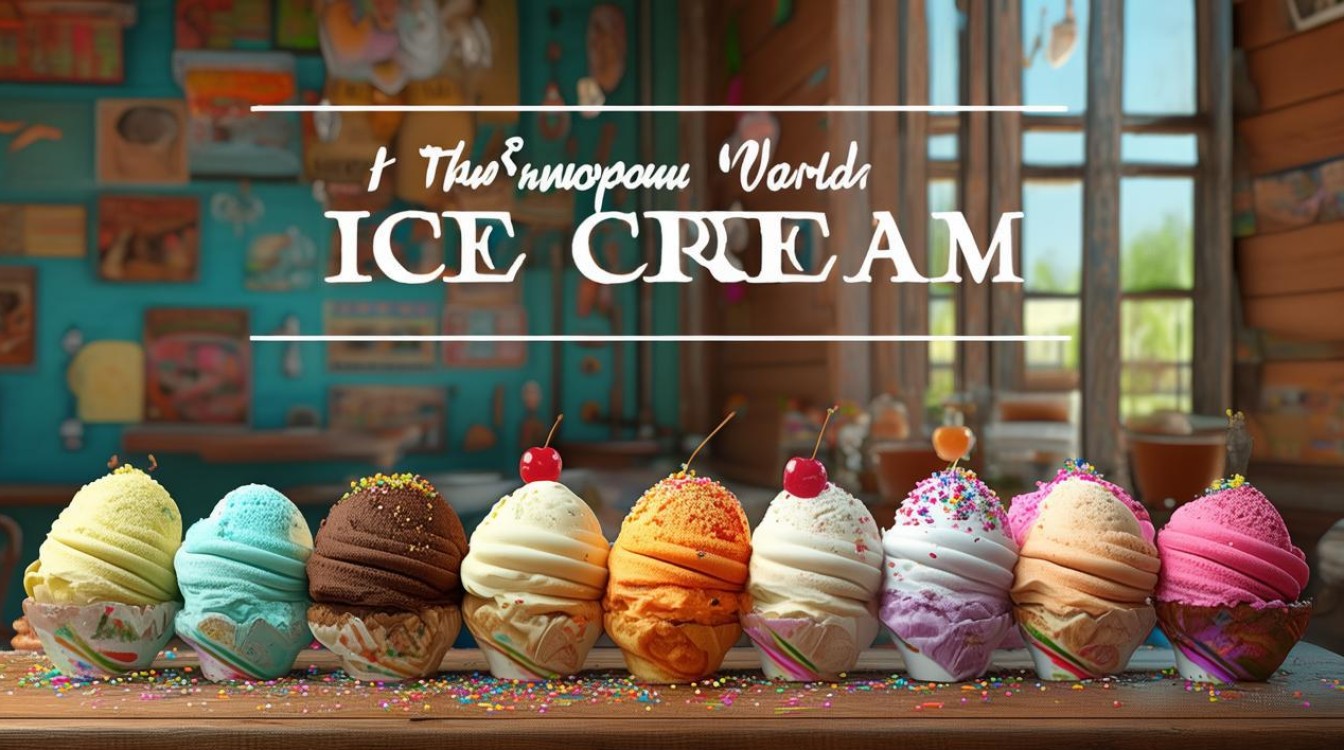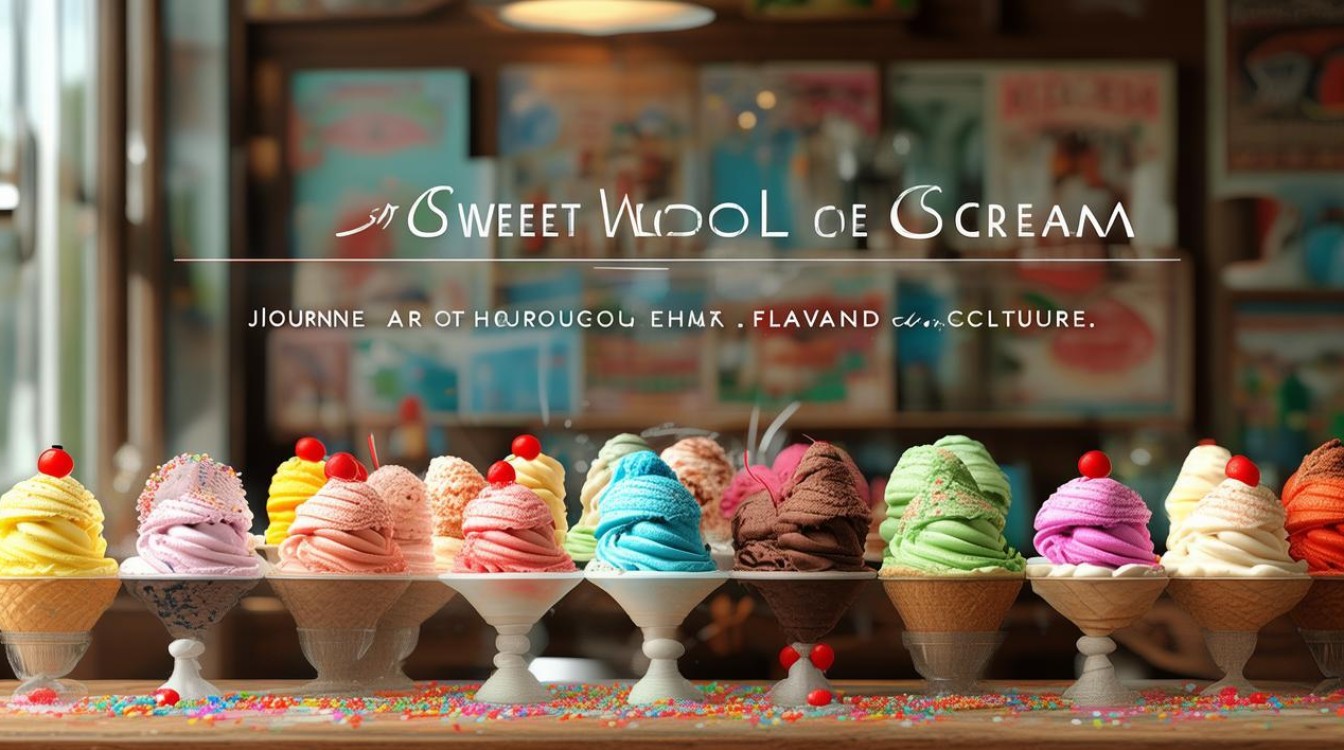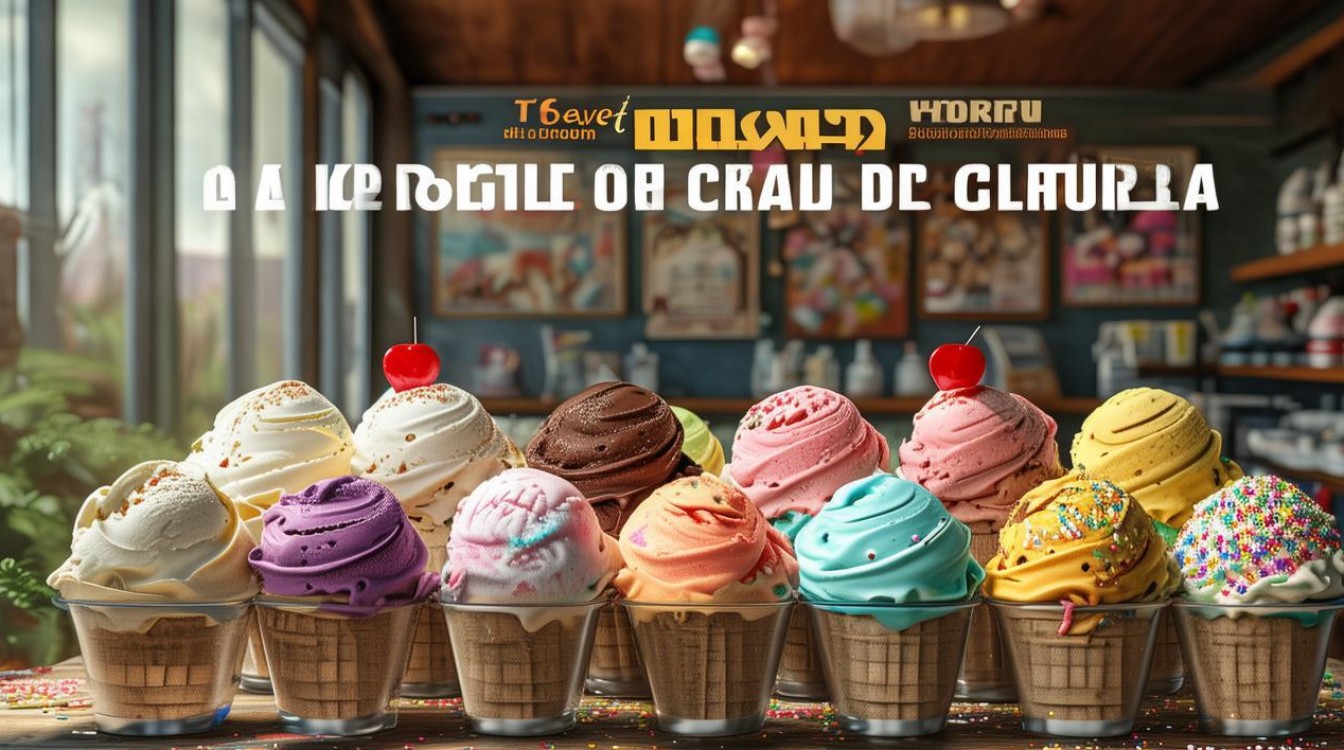Ice cream, a frozen dessert loved by people of all ages, has a rich history and an even richer variety of flavors. From classic vanilla to exotic matcha, this delightful treat has evolved into a global phenomenon. Whether enjoyed in a cone, cup, or as part of an elaborate dessert, ice cream brings joy and satisfaction.

The Origins of Ice Cream
The history of ice cream dates back centuries. Ancient civilizations, including the Chinese and Persians, enjoyed early versions of frozen desserts. The Chinese mixed milk and rice before freezing it, while Persians flavored snow with fruit and honey. The concept traveled to Europe, where it became popular among royalty. By the 17th century, ice cream had reached the masses, with the first ice cream parlor opening in Paris.
In America, ice cream gained fame in the 18th century. Thomas Jefferson was known for serving it at the White House, and the invention of the hand-cranked ice cream maker made production easier. Today, ice cream is a staple in households worldwide, with countless variations to suit every palate.
The Science Behind the Creaminess
What makes ice cream so irresistibly smooth? The answer lies in its composition. A perfect scoop contains the right balance of fat, sugar, and air. Dairy fat, usually from cream, provides richness, while sugar lowers the freezing point, preventing it from becoming too hard. Air, incorporated during churning, gives ice cream its light texture.

Stabilizers like guar gum or egg yolks prevent ice crystals from forming, ensuring a creamy mouthfeel. Without these ingredients, ice cream would be more like an icy block than a velvety dessert.
Popular Flavors Around the World
Different cultures have unique takes on ice cream. Here are some favorites:
- Vanilla – Simple yet versatile, vanilla remains the most popular flavor.
- Chocolate – A timeless choice, often paired with nuts or caramel.
- Strawberry – A fruity option loved for its refreshing taste.
- Matcha (Japan) – Green tea-flavored ice cream with a slightly bitter, earthy note.
- Mango (India & Southeast Asia) – Made with fresh mango pulp, it’s a tropical delight.
- Dulce de Leche (Latin America) – A caramel-like flavor with deep sweetness.
- Black Sesame (China & Korea) – Nutty and slightly savory, offering a unique experience.
The Rise of Dairy-Free Alternatives
With dietary preferences changing, dairy-free ice cream has surged in popularity. Options like coconut milk, almond milk, and oat milk bases cater to vegans and lactose-intolerant individuals. Brands have perfected recipes to mimic the creaminess of traditional ice cream, ensuring no one misses out on the fun.

Ice Cream in Modern Desserts
Beyond scoops in a cone, ice cream plays a starring role in many desserts:
- Sundaes – Layers of ice cream, syrup, whipped cream, and toppings.
- Milkshakes – Blended ice cream with milk for a thick, drinkable treat.
- Affogato – A shot of hot espresso poured over vanilla ice cream.
- Ice Cream Sandwiches – Cookies or wafers hugging a creamy center.
Making Ice Cream at Home
Homemade ice cream allows for endless creativity. Basic ingredients include heavy cream, milk, sugar, and flavorings. An ice cream maker churns the mixture, but no-churn recipes using condensed milk work just as well. Experimenting with mix-ins like cookie dough, fruit swirls, or chocolate chunks makes the process even more enjoyable.
The Joy of Sharing Ice Cream
Ice cream is more than just a dessert—it’s a social experience. Families gather around the freezer for late-night treats, friends bond over shared sundaes, and children light up at the sight of an ice cream truck. Its universal appeal makes it a symbol of happiness and nostalgia.

From its ancient roots to modern innovations, ice cream continues to evolve while remaining a beloved indulgence. Whether enjoyed alone or with loved ones, every bite carries a little bit of joy. So next time you savor a scoop, take a moment to appreciate the craftsmanship and history behind this frozen delight.

